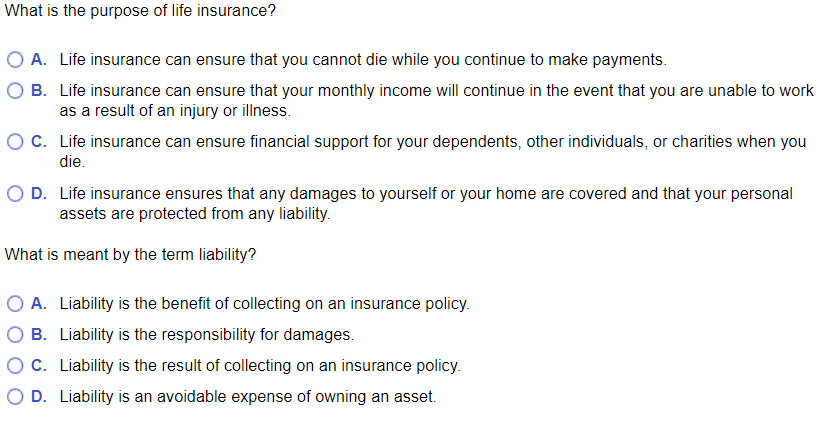The Buzz on Pacific Prime
The Buzz on Pacific Prime
Blog Article
Little Known Questions About Pacific Prime.
Table of ContentsThe smart Trick of Pacific Prime That Nobody is DiscussingWhat Does Pacific Prime Mean?Indicators on Pacific Prime You Need To KnowThe Ultimate Guide To Pacific Prime4 Simple Techniques For Pacific Prime

This is since the data were collected for a duration of solid financial efficiency. Of the approximated 42 million people who were uninsured, just about concerning 420,000 (about 1 percent) were under 65 years of age, the age at which most Americans come to be eligible for Medicare; 32 million were adults between ages 18 and 65, around 19 percent of all adults in this age team; and 10 million were children under 18 years of age, concerning 13.9 percent of all youngsters (Mills, 2000).
These quotes of the variety of persons without insurance are created from the yearly March Supplement to the Existing Populace Survey (CPS), conducted by the Demographics Bureau. Unless otherwise kept in mind, national quotes of people without health insurance and proportions of the population with various kinds of insurance coverage are based on the CPS, the most commonly used resource of estimates of insurance protection and uninsurance rates.
Getting My Pacific Prime To Work

Still, the CPS is specifically useful because it produces annual estimates relatively quickly, reporting the previous year's insurance coverage estimates each September, and because it is the basis for a regular set of price quotes for greater than two decades, enabling analysis of trends in insurance coverage with time. For these factors, in addition to the considerable use the CPS in various other researches of insurance policy coverage that are offered in this record, we rely on CPS price quotes, with constraints noted.

The price quote of the number of uninsured people increases when a populace's insurance status is tracked for several years. Over a three-year duration beginning early in 1993, 72 million individuals, 29 percent of the united state population, lacked insurance coverage for a minimum of one month. Within a single year (1994 ), 53 million people experienced at the very least a month without protection (Bennefield, 1998a)
6 out of every 10 without insurance grownups are themselves utilized. Working does boost the chance that one and one's family participants will certainly have insurance coverage, it is not a warranty. Also members of family members with two permanent wage earners have virtually a one-in-ten opportunity of being uninsured (9.1 percent without insurance price) (Hoffman and Pohl, 2000).
Getting The Pacific Prime To Work
New immigrants make up a significant percentage of people without health and wellness insurance policy. One analysis has actually connected a significant portion of the current development in the size of the U.S. without insurance populace to immigrants that arrived in the country between 1994 and 1998 (Camarota and Edwards, 2000). Current immigrants (those that came to the USA within the past 4 years) do have a high rate of being without insurance (46 percent), but they and their youngsters account for simply 6 percent of those without insurance policy across the country (Holahan et al., 2001).
The partnership between health and wellness insurance policy and accessibility to care is well developed, as documented later on in this chapter. Although the partnership in between health and wellness insurance and wellness outcomes is neither direct neither simple, an extensive clinical and health and wellness solutions study literary works web links medical insurance coverage to better accessibility to care, far better high quality, and enhanced personal and populace health condition.
Levels of evaluation for taking a look at the effects of uninsurance. It focuses specifically on those without any kind their explanation of health insurance policy for any type of length of time.
The Of Pacific Prime
The issues encountered by the underinsured are in some areas comparable to those faced by the without insurance, although they are generally less extreme. international health insurance. Uninsurance and underinsurance, nevertheless, include noticeably different plan problems, and the methods for addressing them might differ. Throughout this research and the 5 records to comply with, the major focus gets on individuals without any health insurance and hence no support in paying for health care past what is offered through charity and safeguard institutions
Wellness insurance coverage is a powerful element impacting invoice of care since both clients and physicians reply to the out-of-pocket cost of services - https://canvas.instructure.com/eportfolios/2829699/Home/Pacific_Prime_Your_Ultimate_Destination_for_Insurance_Solutions. Medical insurance, however, is neither necessary neither sufficient to get access to clinical services. The independent and straight impact of wellness insurance policy protection on accessibility to wellness services is well developed.
Others will certainly acquire the wellness treatment they require also without medical insurance, by spending for it expense or seeking it from suppliers that offer care free or at extremely subsidized prices. For still others, health and wellness insurance policy alone does not make certain receipt of treatment due to various other nonfinancial barriers, such as a lack of healthcare suppliers in their community, minimal access to transport, illiteracy, or etymological and cultural distinctions.
A Biased View of Pacific Prime
Formal research study about without insurance populations in the United States dates to the late 1920s and very early 1930s when the Committee on the Cost of Medical Care created a collection of records concerning financing medical professional workplace check outs and hospital stays. This problem ended up being prominent as the numbers of medically indigent climbed during the Great Depression.
Report this page